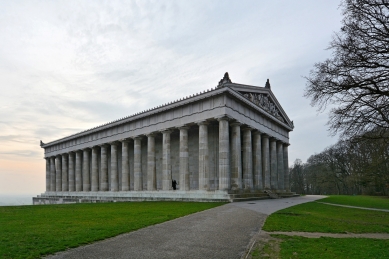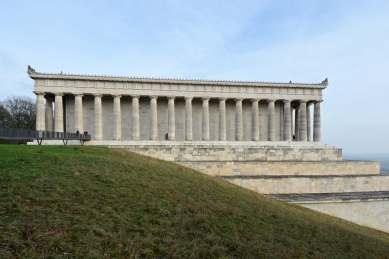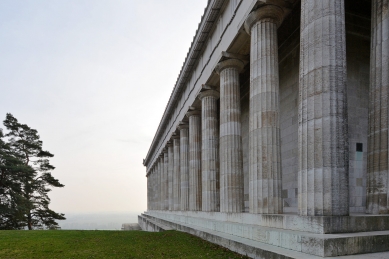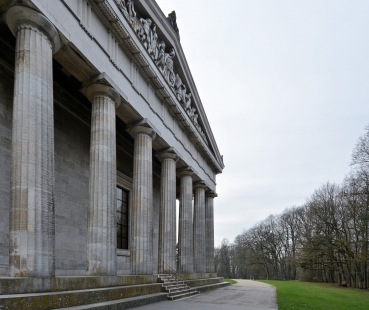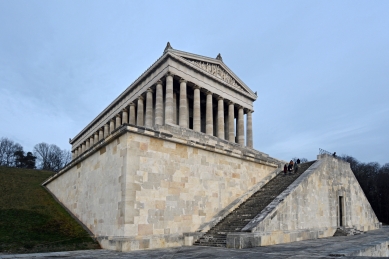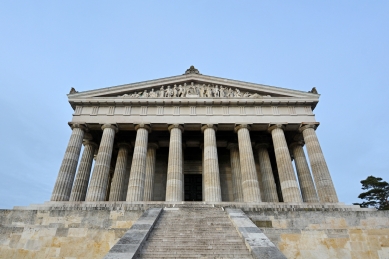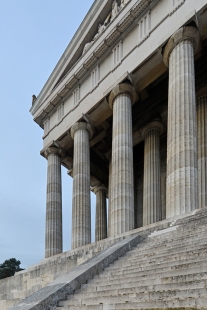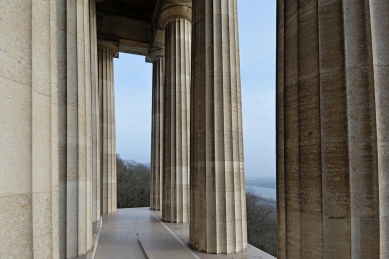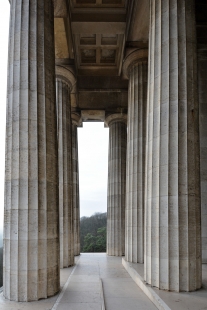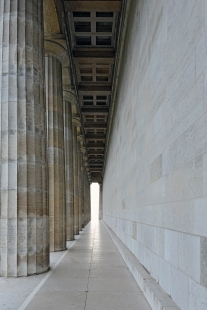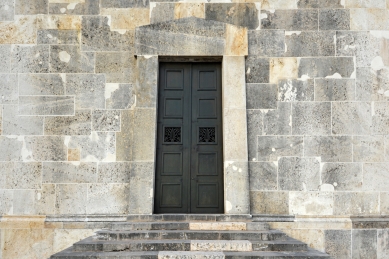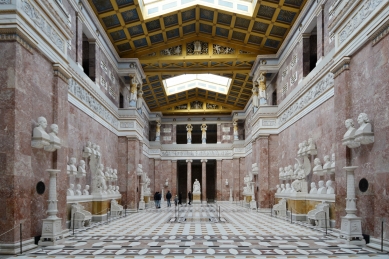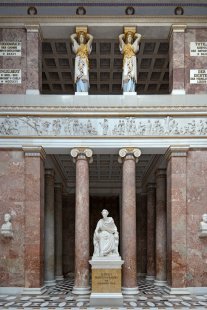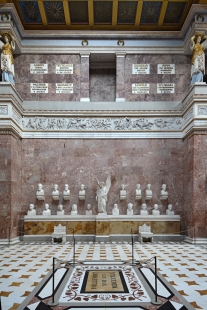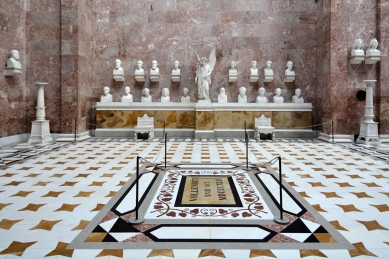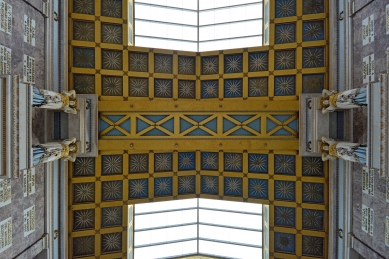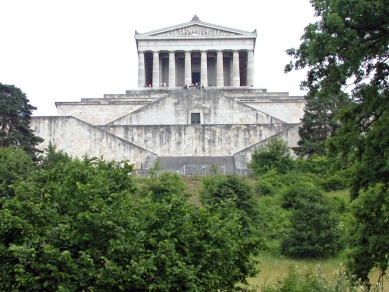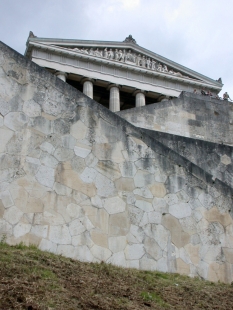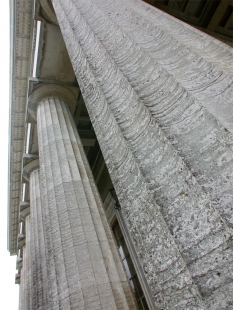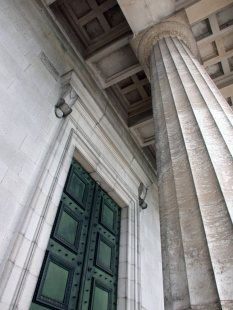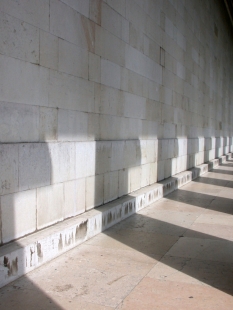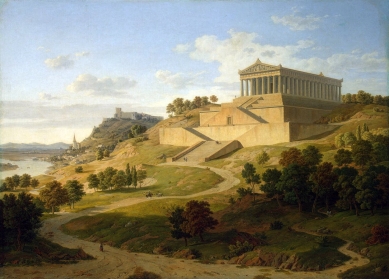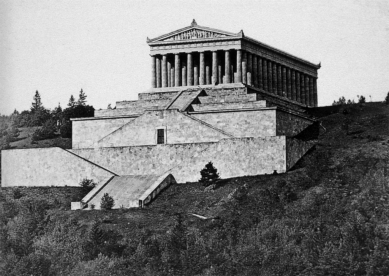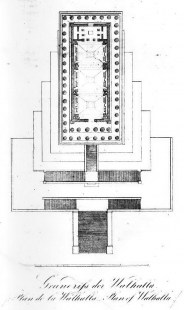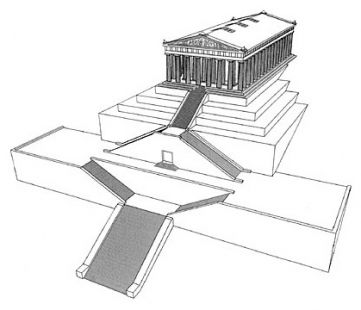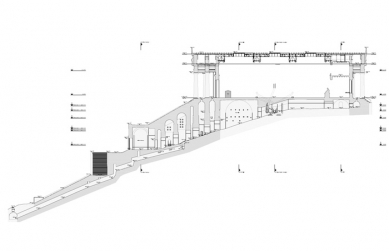
Walhalla

The German ‘Parthenon on the Acropolis’ overlooking the Danube. The place of ‘final rest’ for kings, politicians, and saints.
Near the Bavarian city of Regensburg, a monumental historical building rises above the course of the Danube, known as Walhalla. The cornerstone of the monument, which serves as the "hall of fame" for the German nation, was laid 180 years ago, on October 18, 1830. This was initiated by Bavarian King Ludwig I, who ruled the country from 1825 to 1848. As a great admirer of ancient Greece and the Italian Renaissance, he promoted the creation of many neoclassical buildings in the country, and Walhalla represents the pinnacle of his architectural enthusiasm. Young Ludwig began to think about a dignified commemoration of great Germans at a time when the country was fragmented into many small states and had to endure humiliating defeats by Napoleon's armies. Walhalla, named after the residence of the bravest fallen warriors in Germanic mythology, was meant to strengthen the national consciousness of the Germans and their sense of belonging. The construction of the building, modeled after the Athenian Pantheon, lasted for a long 12 years under the leadership of architect Leo von Klenze and was ceremonially opened on October 18, 1842. Its walls have since housed busts and memorial plaques of significant personalities, primarily from German-speaking countries. At irregular intervals, they are supplemented with new ones according to received and approved proposals. In Walhalla, one can find the faces of the first post-war Chancellor Konrad Adenauer, physicist Albert Einstein, composer Johannes Brahms, and poet Heinrich Heine, among others.
Near the Bavarian city of Regensburg, a monumental historical building rises above the course of the Danube, known as Walhalla. The cornerstone of the monument, which serves as the "hall of fame" for the German nation, was laid 180 years ago, on October 18, 1830. This was initiated by Bavarian King Ludwig I, who ruled the country from 1825 to 1848. As a great admirer of ancient Greece and the Italian Renaissance, he promoted the creation of many neoclassical buildings in the country, and Walhalla represents the pinnacle of his architectural enthusiasm. Young Ludwig began to think about a dignified commemoration of great Germans at a time when the country was fragmented into many small states and had to endure humiliating defeats by Napoleon's armies. Walhalla, named after the residence of the bravest fallen warriors in Germanic mythology, was meant to strengthen the national consciousness of the Germans and their sense of belonging. The construction of the building, modeled after the Athenian Pantheon, lasted for a long 12 years under the leadership of architect Leo von Klenze and was ceremonially opened on October 18, 1842. Its walls have since housed busts and memorial plaques of significant personalities, primarily from German-speaking countries. At irregular intervals, they are supplemented with new ones according to received and approved proposals. In Walhalla, one can find the faces of the first post-war Chancellor Konrad Adenauer, physicist Albert Einstein, composer Johannes Brahms, and poet Heinrich Heine, among others.
CTK
The English translation is powered by AI tool. Switch to Czech to view the original text source.
0 comments
add comment


